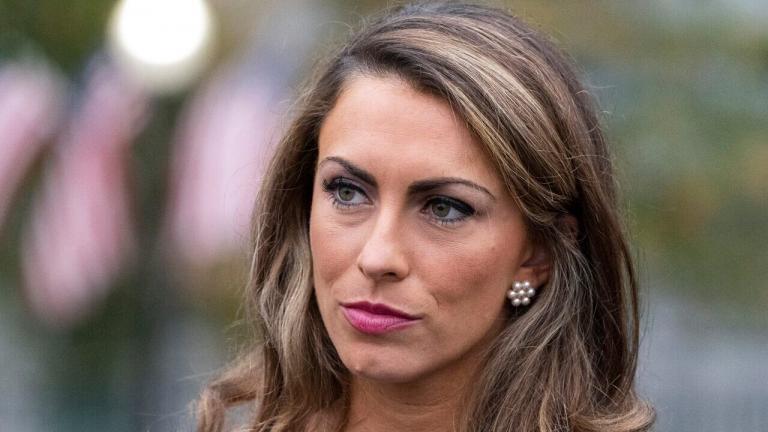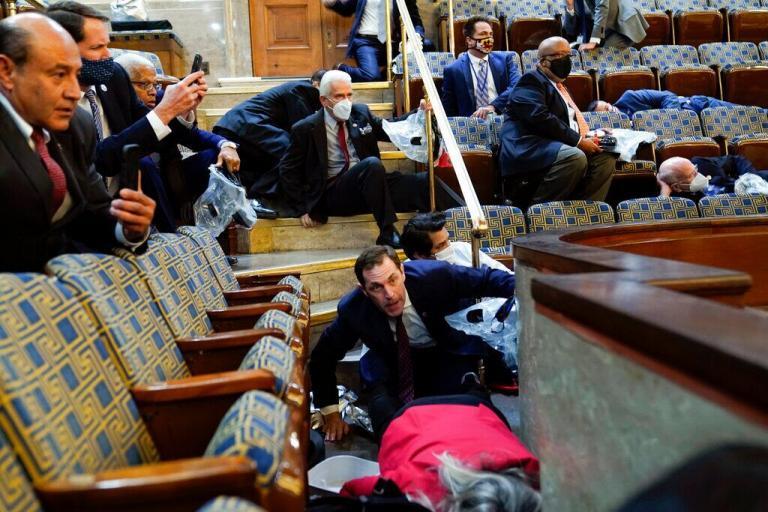President-elect Joe Biden has proposed another stimulus package. His package totals $1.9 trillion. This is added to the nearly $3 trillion package passed last May and the $900 billion package passed last month. That means the government will have spent nearly $6 trillion to stimulate the economy.
Biden says he is not done. Next month he plans to introduce another round of stimulus. That proposal could be as much as $2 trillion. That means the federal government will have spent nearly $8 trillion in stimulus in less than one year. Is this a good idea?
The first stimulus package pulled the economy out of a steep, but very short-lived recession. The package provided free money to virtually all American taxpayers: $1,200 for an individual and $3,400 for a family of four. It also added $600 per week to the benefits of all unemployed workers.
This coupled with the assistance for small business, led to rapid growth in the economy and a V-shaped recovery. Third-quarter GDP growth exceeded 33% on an annual basis. That’s about twice the record GDP growth set in 1950.
But in September the V-shape started to flatten. It got worse in October and November as many governors either completely or partially shut down their state’s economy. A second stimulus was needed and probably should have passed in September or October. In spite of the deficit, it probably should have been larger.
When it finally did pass in December it was a much smaller amount, $900 billion. Because the shutdowns continued into January, the fear of a second recession became real. So now another stimulus is needed. The problem is with the size of the federal government’s debt.
The public debt, which is the total of all deficits, is now more than $27 trillion. That’s problematic because the annual interest charges will exceed $400 billion, almost 10% of the government’s annual spending. The other problem is that with the government borrowing so much, capital markets will be depleted perhaps creating capital shortages for business.
In a capital intensive economy that will lead to stagnation and likely inflation.
While a strong argument can be made to support this stimulus to avoid the economy from slipping into another recession, because of the deficit and the total debt, the amount of the package should be carefully examined.
Biden’s current proposal calls for $400 to be added to the weekly benefit of the unemployed. The reason it is less than the $600 added per week added in the first stimulus package, is that at $600 per week more than two-thirds of the unemployed were receiving more money being unemployed than they received when working.
That proved to be a disincentive for people to go back to work, which made it difficult for mostly small businesses to re-open. Perhaps even $400 is a bit too much.
Most of the other spending makes sense, although there is debate about the amount. More than $400 billion will be spent to combat the virus. Another $350 billion will be used to help state and local governments bridge budget shortfalls.
Individual taxpayers would receive a cash payment of $1,400, with $5,600 given to each family of four. Like the prior payments, this would be paid to virtually every taxpayer whether they have been financially hurt by the pandemic or not.
While we could argue about the size of those payments, most will agree that the stimulus is needed, unless the economy completely reopens quickly. Then the stimulus could be much smaller.
Then there is the issue of the minimum wage.
The real negative in the proposal is that Biden wants to raise the minimum wage to $15 per hour. That will result in the loss of jobs, with some predicting the job loss could exceed 2 million. To be fair, some argue that raising the minimum wage will not increase unemployment.
Logic tells us that a $15 hourly minimum wage, results in an annual labor cost exceeding $33,000 for the employer. That’s for a completely unskilled worker and will obviously reduce job opportunities. Most businesses would not pay that amount for a worker who had to be completely trained.
The Biden package will help the economy in the short term to avoid another recession. But the generous increased payments for unemployed people, and raising the minimum wage will have bad long term results. Maybe the final package passed by Congress will recognize this.
Originally found on Feedzy Read More






